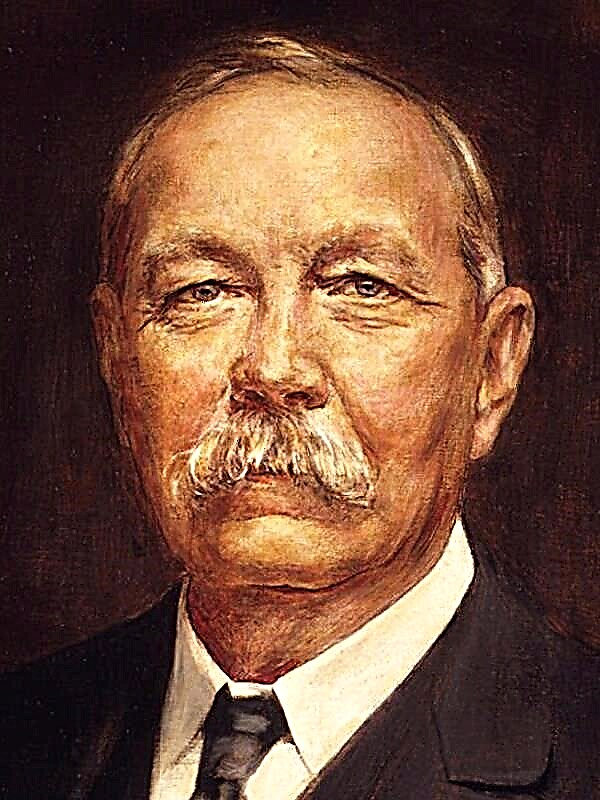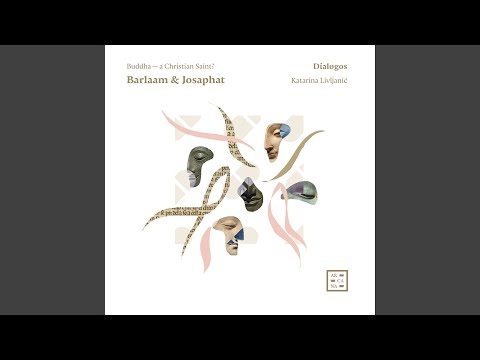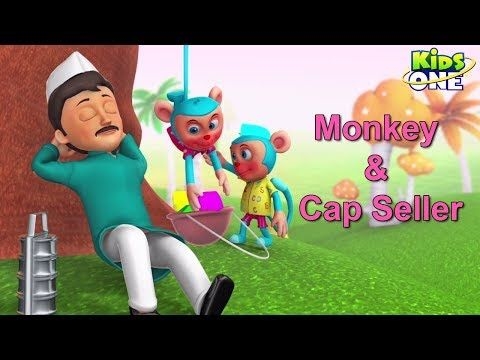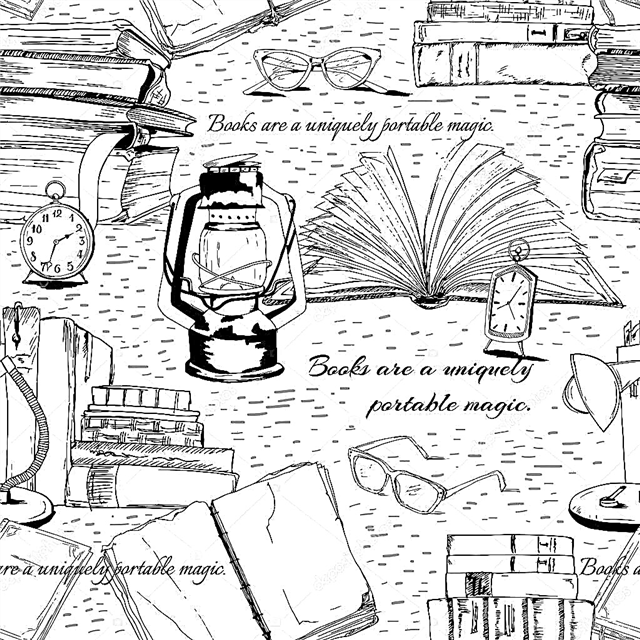(311 words) The story of Nikolai Vasilyevich Gogol reveals the theme of contrasting the true, pure art, the art whose purpose is creativity itself, and false art, pursuing the mercantile interests of self-enrichment of the creator. She is represented by a comparison of the fate of two painters.
Chartkov was a young artist "with talent, who prophesied a lot." He deftly mastered the brush, he already had a style outlined, but his youth and the poverty that weighed on him confused the thoughts and desires of a novice painter. Every now and then he wanted to stop honing his skills and start writing fashionable pictures on which he could easily earn. The acquisition of a magical portrait of a loan shark and, as a result, the wealth that suddenly fell on Chartkov, fulfilled the young artist's cherished dream. They brought him fame, the light of Petersburg spoke about him, many wanted to order their portrait from him. But with the advent of popularity, his talent began to disappear, which turned into exquisite workmanship, no more: Chartkov skillfully wrote his works, but he realized that they lacked a spark of real creativity. He began to notice her in the works of other colleagues. Envy gripped him, he began to buy and destroy other people's canvases. The realization that he can no longer sparkle with the talent of a true creator drove Chartkov crazy.
In the second part of the story, a new hero appears - artist B., who tells the life story of his father (also a painter). He always enthusiastically worked on his paintings and once, being impressed by the same usurer, he decided to write the spirit of darkness. Talent allowed the artist to realize his idea, but the portrait turned out to be truly demonic. He dominated his creator. Realizing that he was on the verge of madness, the painter retired to the monastery and only after many years, spiritually freed from his work, he could again take up the brush. He wrote the Nativity of Jesus, and the brethren decided that divine providence helped to create this canvas.
The appearance of the son of the second artist, his desire to create and presented by the author are two somewhat similar, but also so different fates of painters make one think about what the life of artist B will be: the thorny path of a genius, or the easy way of a fashionable artisan.

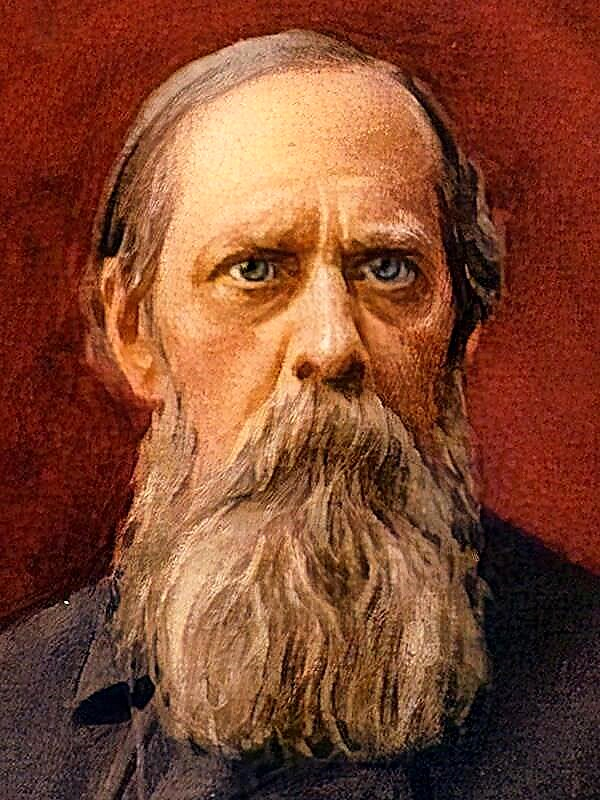
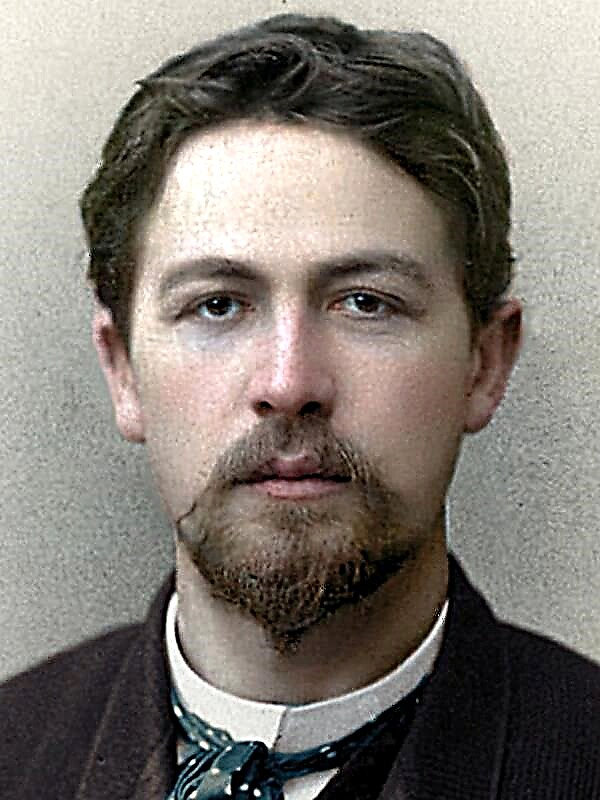



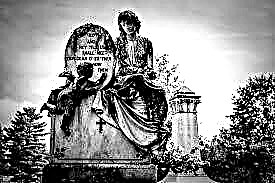
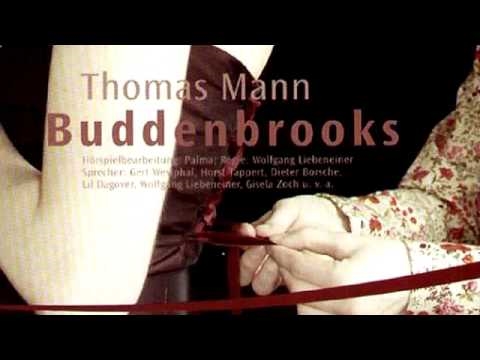 Buddenbrooks
Buddenbrooks